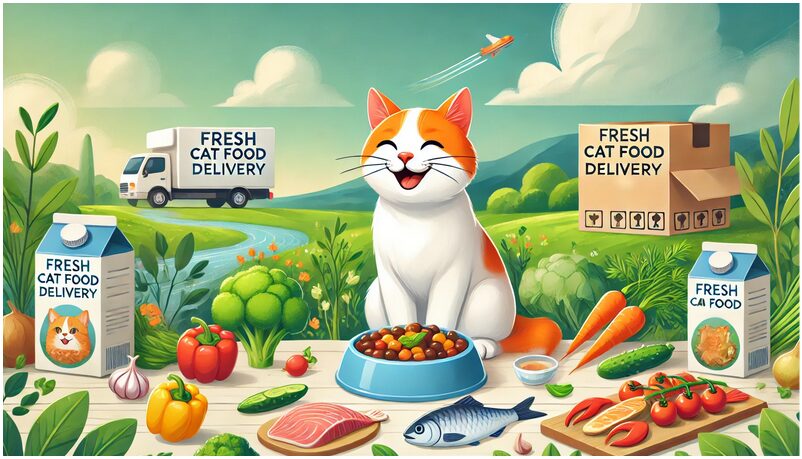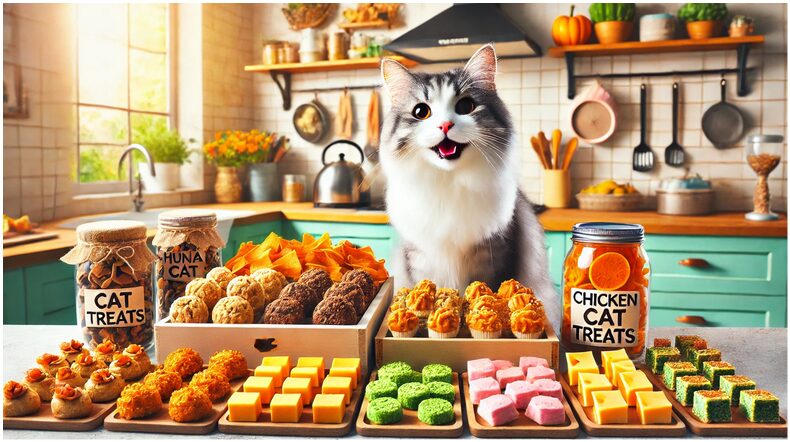When it comes to feeding our beloved cats, we all want to make the best choices. From protein sources to the absence of fillers, cat owners have become more discerning than ever about what goes into their pet’s food. But there’s one ingredient that’s sparked considerable concern over the years: Ethoxyquin in cat food.
If you’ve never heard of it, don’t worry—you’re not alone. Many pet owners only encounter Ethoxyquin when diving into the fine print of cat food labels. But is it something you should worry about? Let’s explore what Ethoxyquin is, why it’s used, and whether it’s safe for your feline friend.
What Is Ethoxyquin?
Ethoxyquin is a synthetic chemical primarily used as a preservative. It helps prevent fats and oils in cat food from oxidizing, which keeps the food fresh for longer periods. Originally developed as a pesticide in the 1950s, it also found a home in the pet food industry because of its effectiveness in extending shelf life.
This ingredient is most commonly found in foods containing fish meal, a common protein source in many commercial cat foods. Since fish oils spoil quickly, Ethoxyquin prevents them from going rancid—a benefit for manufacturers and retailers.
Why Is Ethoxyquin Controversial?
Ethoxyquin has been a subject of debate for decades due to its potential health risks. Here’s why it has raised red flags:
1. Potential Link to Health Problems
Some studies in animals have suggested a connection between Ethoxyquin and liver and kidney damage. Concerns have also been raised about its potential to contribute to cancer and other serious health issues. Although research is inconclusive, the possibility of long-term harm has made many cat owners uneasy.
2. Regulatory Gray Areas
Ethoxyquin is regulated differently around the world. For instance:
- In the United States, the FDA allows its use in pet food but has acknowledged consumer concerns. In 1997, the FDA asked pet food manufacturers to voluntarily reduce the amount of Ethoxyquin in their products.
- The European Union has banned Ethoxyquin in pet food due to insufficient safety data.
This inconsistency adds to the confusion, leaving pet owners wondering whether it’s truly safe.
3. Hidden Ingredient
Even if you don’t see Ethoxyquin listed on the label, it could still be in your cat’s food. How? When fish meal is treated with Ethoxyquin before being added to cat food, manufacturers aren’t required to disclose it. This lack of transparency makes it challenging to avoid entirely.
How to Tell If Your Cat Food Contains Ethoxyquin
Ethoxyquin won’t always be listed as an ingredient, so it can take a bit of detective work to identify its presence. Here’s what you can do:
- Check for Fish Meal: Foods containing fish meal are more likely to have Ethoxyquin since it’s often used to preserve fish byproducts.
- Contact the Manufacturer: Many pet food brands are happy to share information about their sourcing and preservation methods if you reach out directly.
- Look for “Ethoxyquin-Free” Labels: Some premium brands proudly advertise that they don’t use Ethoxyquin or fish meals treated with it.
Is Ethoxyquin Safe for Cats?
The short answer? It depends on whom you ask.
Regulatory bodies like the FDA maintain that Ethoxyquin is safe when used within established limits. However, many veterinarians, pet nutritionists, and cat owners remain skeptical. Cats are particularly sensitive animals, and even small amounts of harmful substances could potentially cause long-term health issues.
Until more definitive research is available, the choice ultimately comes down to your comfort level. If the idea of Ethoxyquin in your cat’s food makes you uneasy, there are ways to avoid it.
Alternatives to Ethoxyquin in Cat Food
Many pet food companies have responded to consumer demand by switching to natural preservatives. These include:
- Vitamin E (often listed as mixed tocopherols)
- Vitamin C
- Rosemary extract
These alternatives may not keep food fresh as long as Ethoxyquin, but they’re generally considered safer. Look for cat foods that use these preservatives instead.
How to Choose the Best Cat Food Without Ethoxyquin
Finding Ethoxyquin-free cat food doesn’t have to be complicated. Here are a few tips to help you choose a high-quality option:
- Go Grain-Free, But Stay Informed
Many grain-free and premium cat foods avoid synthetic preservatives like Ethoxyquin. However, always read the ingredient list to confirm. - Opt for Fresh or Freeze-Dried Foods
Fresh or freeze-dried cat food options often use natural preservatives and have shorter shelf lives. These options might be pricier but can offer peace of mind. - Research Trusted Brands
Brands like Wellness, Blue Buffalo, and Orijen are known for avoiding synthetic preservatives. However, always double-check their current ingredient lists, as formulations can change. - Talk to Your Vet
If you’re unsure about your cat’s nutritional needs or specific dietary concerns, your vet can recommend a safe, high-quality food tailored to your pet.
The Bottom Line: Should You Avoid Ethoxyquin?
While the jury is still out on whether Ethoxyquin is definitively harmful to cats, it’s understandable if you’d rather avoid it. Cats are family, and it’s only natural to want the healthiest food for them.
By being informed, reading labels carefully, and choosing brands that prioritize transparency, you can take control of what goes into your cat’s bowl. If nothing else, this process helps you make educated decisions and ensures your furry friend gets the best possible nutrition.
Have you checked your cat food for Ethoxyquin recently? Share your thoughts or experiences in the comments below—we’d love to hear from you!






